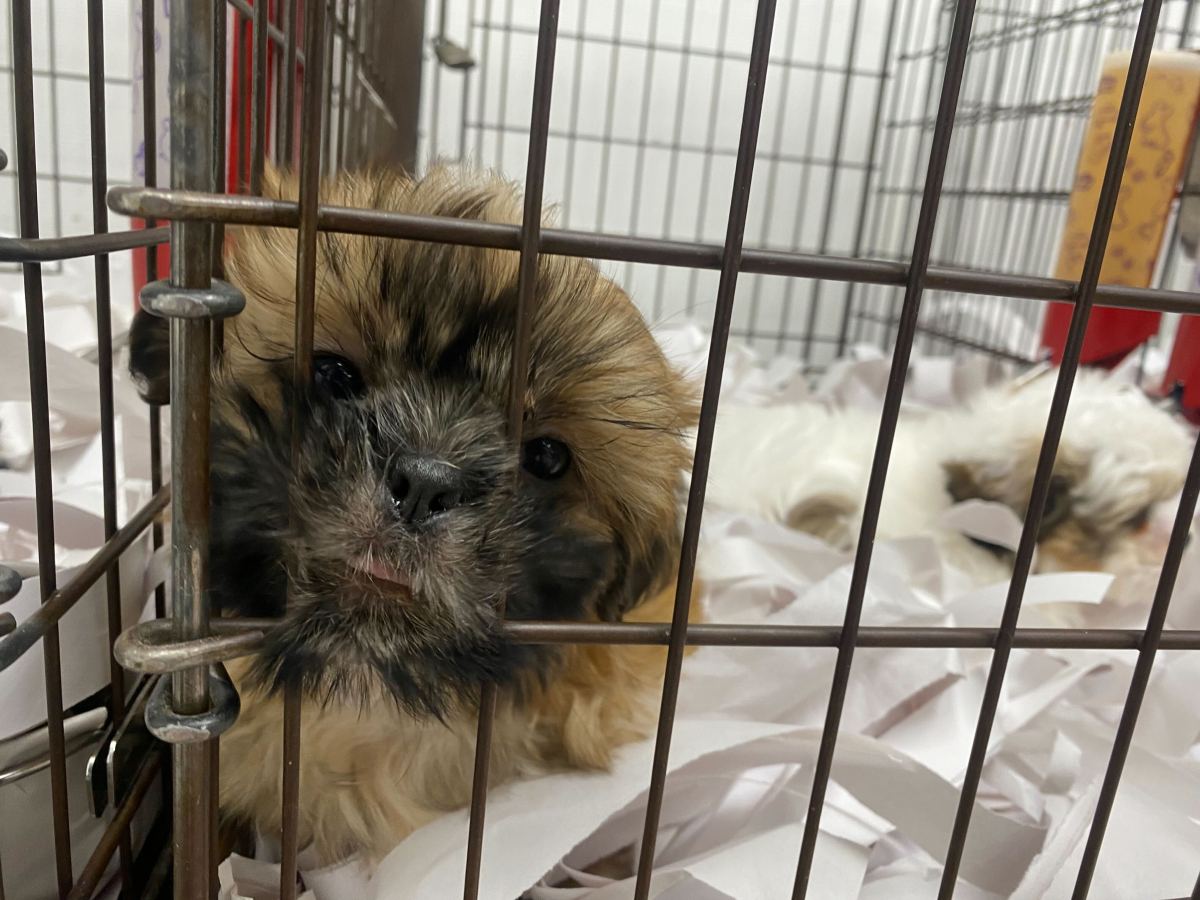 BY LENORE SKENAZY | It’s time for a microbes’ rights movement.
BY LENORE SKENAZY | It’s time for a microbes’ rights movement.
Too long have we reviled the misunderstood microbe as an evil to be sprayed, slathered or scrubbed away. Too long have we demeaned this vast and variegated group with hateful terms like “bug” and “germ.” Too long have we ignored the contributions made by this mighty if microscopic clan, subjecting it to the horrors of microbicide.
It is time to say, “We’re sorry.”
That is basically what the fascinating new exhibit at the American Museum of Natural History is doing. “The Secret World Inside You” is a paean to the literally trillions of microbes that live on and in each of us, from the depths of our belly buttons to the moist and teeming twists of our intestines, where these minute organisms are busily digesting our food and, quite possibly, determining our mood. More on that later.
Until recently, says genomic scientist Robert DeSalle, co-curator of the exhibit, most people thought of microbes only in terms of illness.
“I don’t like the word ‘germ’ because it harkens back to the old way of looking at health: ‘Let’s kill them to make us healthy,’ ” he said.
Today, researchers are realizing we let a few bad apples influence our outlook.
“There are so few bad bacteria in our bodies relative to the good ones that it gives all microbes a bad rap,” says DeSalle. “I think actually they should be patted on the back, because without them, we would be a very sick organism.”
Sick for lack of germs? Yes, indeed. Mice bred to have guts completely bereft of bacteria — sterile — “are much happier when you put some microbes into them,” DeSalle said. It is normal for us all to be crawling with microscopic critters.
Many of those critters are on display at the museum, magnified a zillion times, and just be glad they’re normally microscopic. But here’s the latest: Scientists are starting to think of them sort of like genes. We each have our own “microbiome” — a set of microbes — that lives on and in us. No two person’s microbiomes are the same, and our microbiomes change depending on what we eat, where we live, and even our age.
Most significantly, they change when we take antibiotics. These kill off a whole lot of microbes, some bad, but many good. It can take a long time for them to grow back, and not all of them will. It’s sort of like replanting a garden after a nuclear attack. That’s why doctors are trying to prescribe antibiotics more sparingly these days.
We’re not at all sure what all the different microbes do yet — there can be 100 to 200 different microbial species in just your mouth — but more and more, scientists are beginning to suspect that they play a big role not just in sickness, body odor and tooth decay, all that bad stuff, but actually in fighting off disease.
You have probably heard by now (if only because it is so weird) of “fecal transplants.” That is, taking the fecal matter from someone healthy and transplanting it into the gut of someone sick. People suffering from Clostridium difficile, an illness of the stomach and intestines, have been cured when they received someone else’s stool.
How come? Apparently, some of those germs that we’re so grossed out by actually conquer the illness. Score one for the germs!
What could be stranger than a fecal transplant? How about the idea that some microbes — or some constellation of them — could actually be responsible for how we behave?
The exhibit discusses an experiment involving two breeds of mice. The “anxious” breed lingered several minutes before leaping off a platform to explore a new space. The impulsive breed lingered just a few seconds.
When scientists exchanged their gut microbes — just the stuff swishing around in their intestines — guess what? The anxious group jumped off a minute earlier, and the impulsive mice now waited a minute longer.
The mice did not receive new organs or new genes or new training. Just some new germs.
So next time you’re squeamish about holding the subway pole, or you’re reaching for antibacterial goop and it isn’t because you’re about to perform surgery, remember: Most germs are our friends.
Er…most microbes are our friends, I mean.
Old habits die hard.
Skenazy is a keynote speaker and founder of the book and blog “Free-Range Kids”






































